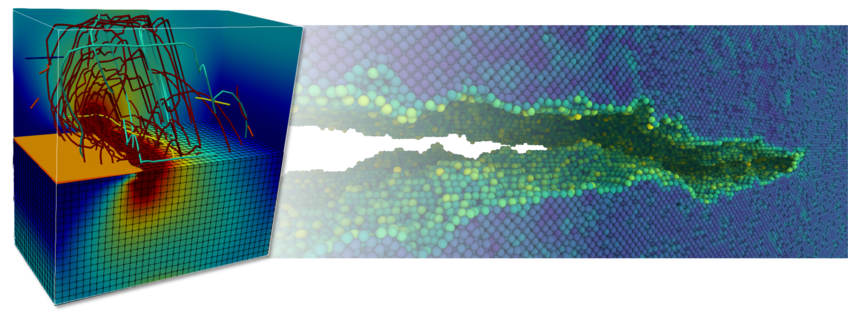Journal Article
Pinson, M.; Springer, H.; Depover, T.; Verbeken, K.: Qualification of the in-situ bending technique towards the evaluation of the hydrogen induced fracture mechanism of martensitic Fe–C steels. Materials Science and Engineering A: Structural Materials Properties Microstructure and Processing
792, 139754 (2020)


